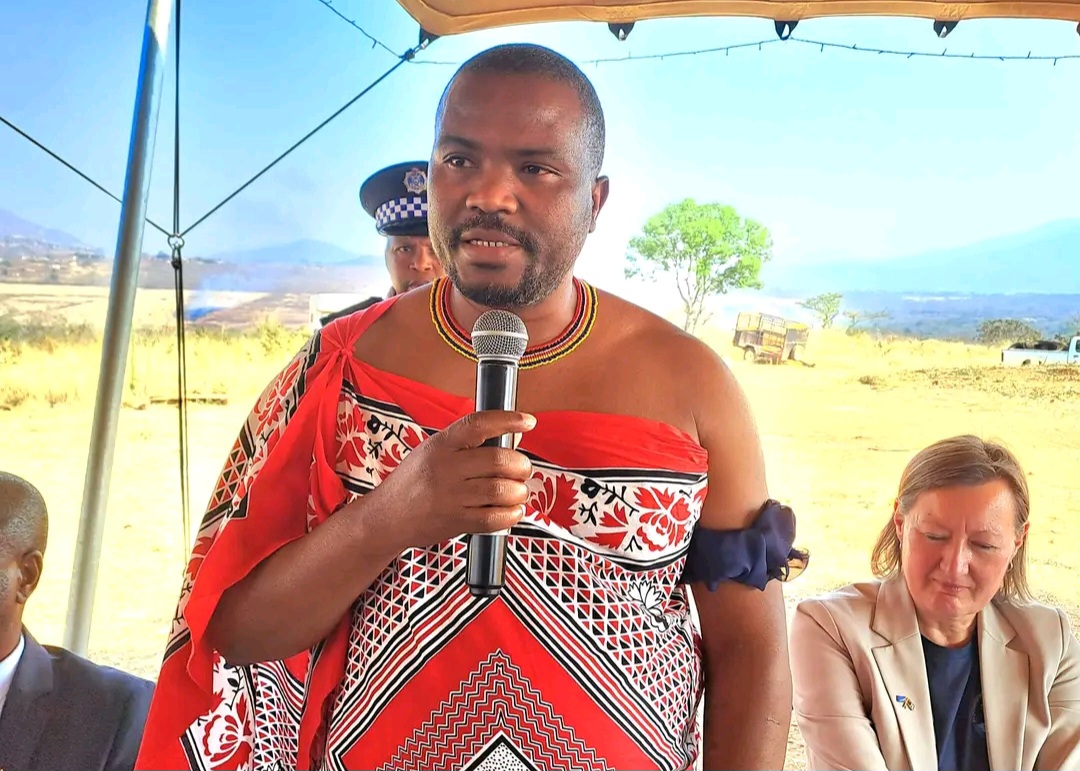BY MBONO MDLULI
MBABANE – Government will spend E167 356 565.04 to create 892 jobs in the 2024/25 financial year.
This move is expected to help 34 984 Emaswati, according to the 2024/25 First Quarter Performance Report for the Ministry of Tinkhundla Administration and Development. The money will be spent on infrastructure projects in all of the four regions of the country, which are under the Regional Development Fund (RDF).
Nationally, four infrastructure projects were completed during the period under review. The completed projects were worth E1 717 759.00, benefitting 10 715 Emaswati directly and creating 107 jobs.
“A total of 159 are ongoing projects, of which forty-five (45) are Income-Generating Projects (IGPs) and 114 are infrastructures. The total amount of the ongoing projects is worth E167 356 565.04. The ongoing projects will directly benefit 34 984 Emaswati and creating 892 jobs,” states part of the report.
As of June 30, 2024, the actual expenditure for the Administration Account (of the RDF) is E1 933 407.27. During the period under review, there was training for 13 project committee members from two Eswatini Organized Groups (EOGs). Training for the EOGs was on basic bookkeeping skills, group dynamics and basic marketing skills while those on infrastructure was on general stock control.
Both groups were also trained on group dynamics and basic conflict management. The Regional Development Fund Technical Committee’s (RDFTC) nationally did not receive projects applications during the period under review. This was due to a backlog of applications from the last financial year 2023/24.
Nationally, no projects were approved by the Regional Development Fund Committee (RDFC) during the period under review. However, project appraisal and approval has since resumed in all the regions.
The RDF was established under Legal Notice Number 03 of 2015. The main objective of the fund is to alleviate and eventually eradicate poverty in each of the four regions of the Kingdom of Swaziland by initiating:
i. Infrastructure development, improvements and service delivery are all fundable by the RDF.
ii. Viable commercial projects or schemes which will create jobs and generate income to sustain and further develop numerous Swazi families within each region at grassroots level are fundable by the RDF.
iii. Commercial projects or income generating projects which shall be medium to large scale projects as may be defined by the Ministry responsible for business enterprises.
The RDF operations are administered by Microprojects Programme Coordinating Unit, a semi-autonomous unit under the Ministry of Economic Planning and Development.
During the period under review four rural electrical projects were completed, worth E1 717 759.00, in the Hhohho Region. The completed infrastructure projects have benefitted 107 direct beneficiaries. There are thirty-three (33) on-going projects worth E40, 672,096.16. Of which 20 are income generating and 13 are infrastructure projects. The ongoing projects will directly benefit 7 258 Emaswati, creating 167 jobs.
During the period under review, no projects were completed in the Lubombo region. Only 10 projects are ongoing, of which five are IGPs and five are infrastructure. The ongoing projects will directly benefit 563 Emaswati, with a total amounting to E11 229 730.84, creating 55 jobs.
During the period under review, there were no projects completed in the Manzini Region. According to the report, 86 are on-going projects worth E80 060 499.28 and of these, 17 are income generating whilst 69 are infrastructure projects. The ongoing projects will benefit 20575 Emaswati directly, 143 493 indirect beneficiaries, whilst creating 661 jobs.
During the period under review, there were no completed projects in the Shiselweni Region. There are 30 ongoing projects, of which three are income generating projects and 27 are infrastructure projects. In total, ongoing projects are worth E 35 394 238.76 and benefitting 6 588 direct beneficiaries and created nine job opportunities.







